How to Make a Subway Map with John Tauranac
Hear from an author and map designer who has been creating maps of the NYC subway, officially and unofficially, for over forty years!


The third annual Smart Cities New York conference will take place this year from May 13-16, with opening day at Cornell Tech on Roosevelt Island. It’s a fitting locale to consider the future of cities, after all, some of the most cutting edge urban planning ideals were tested on this 1.75 mile long, 800-foot wide island. Following centuries of use as a place for New York City’s outcasts – smallpox hospital, lunatic asylum, a prison whose convicts built the charity hospital – it was not until 1971 that a new vision for Roosevelt Island was put forth (and the name Roosevelt Island coined) by New York State’s Urban Development Corporation.
Architect Philip Johnson (Seagram Building, Glass House) and his partner John Burgee developed the master plan for Roosevelt Island with a core list of essential elements, some of which can still be felt today. As Ellen Fletcher writes in The Encyclopedia of New York, these included “a neighborhood free of automobiles, with apartment buildings and stores connected by a central street, restored historic buildings, river views, and a park at each end of the island.” Only a portion of this master plan was actually completed due to financial constraints, including two high-density housing projects by the Catalonian architect Josep Lluís Sert. But this section has a strong visual identity, so much so that when the Netflix series Maniac needed a retro yet futuristic version of New York City to show, Sert’s buildings and the Main Street they’re situated on featured prominently.
Sert will be the focus of a Smart Cities workshop (sponsored by the Delegation of the Government of Catalonia in the U.S) and tour (with the collaboration of the Public Diplomacy Council of Catalonia). The workshop will begin with Sert’s blueprint for reform from 1947 entitled, “Can Our Cities Survive?” which built upon proposals formulated by C.I.A.M. (the Congrès Internationaux d’Architecture Moderne, first organized by Le Corbusier and others in 1927). C.I.A.M has, for better or worse, greatly impacted urban design for nearly a century. Sert’s manifesto though had a reassuring subtitle: “An ABC of Urban problems, their analysis, their solutions.” This deeply democratic document contended that the only remedy for city dwellers’ unhappiness is for “the average man to become aware what a reduced form of life he is obliged to lead because of the present state of our cities.” Proposals required a focus on neighborhoods and on four principles: dwellings, work, recreation, and transportation. To quote Sert, “Considered on its smallest scale, the neighborhood unit would be composed of the dwellings required to house a sufficient number of people to support an elementary school.”
Sert’s two buildings on Roosevelt Island allows this Smart Cities workshop to focus on urban planning on the smallest scale. The facilitators of the workshop include Mary Ann Newman, Director and Founder of the Farragut Fund for Catalan Culture in the U.S., architect Ignacio Alonso, architect Ed Baum who began practice with Sert, Lance Jay Brown, FAIA, DPACSA is the President of the Consortium for Sustainable Urbanization who with Theodore Liebman, a principal at Perkins Eastman, studied with Sert at Harvard, and architect Laia Celma, co-founder of The Fautory. See full bios below.
Following the workshop, all participants are invited to join a tour produced by Untapped Cities about the historical context, the urban design, and the architecture of Roosevelt Island, led by Stephen Martin, a member of the original Four Freedoms Park construction team. Stephen will show the group what remains of the original 1971 plan on Roosevelt Island, the efforts to adaptively reuse the smallpox castle, latest developments on Roosevelt Island including Cornell Tech, and will share his experience building Four Freedoms Park.
Note: The workshop and tour Josep Lluís Sert: Footprint on Roosevelt Island is part of Smart Cities New York 2019. Once you register to SCNY ‘19, use the code you received in your confirmation email to register for any of the workshops. You cannot sign up for workshops without registering for Smart Cities New York 2019.


See more photos below of Roosevelt Island and places you will see on the tour:
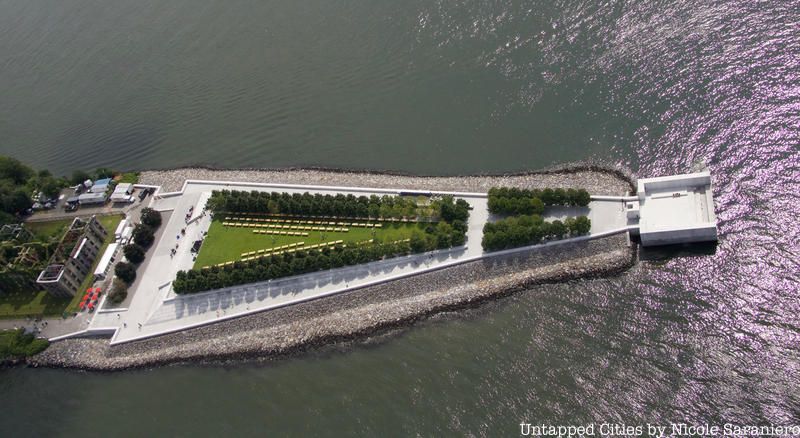
Four Freedoms Park
 Photograph Courtesy of Franklin D. Roosevelt Four Freedoms Park
Photograph Courtesy of Franklin D. Roosevelt Four Freedoms Park
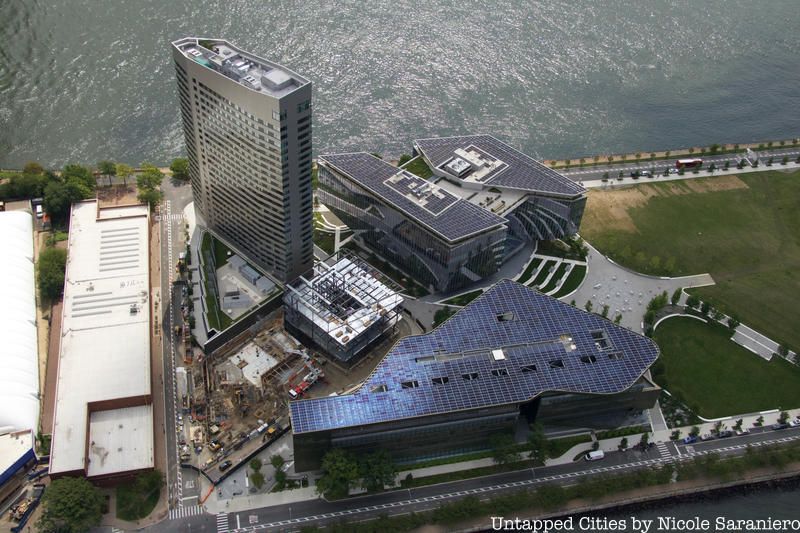
Cornell Tech
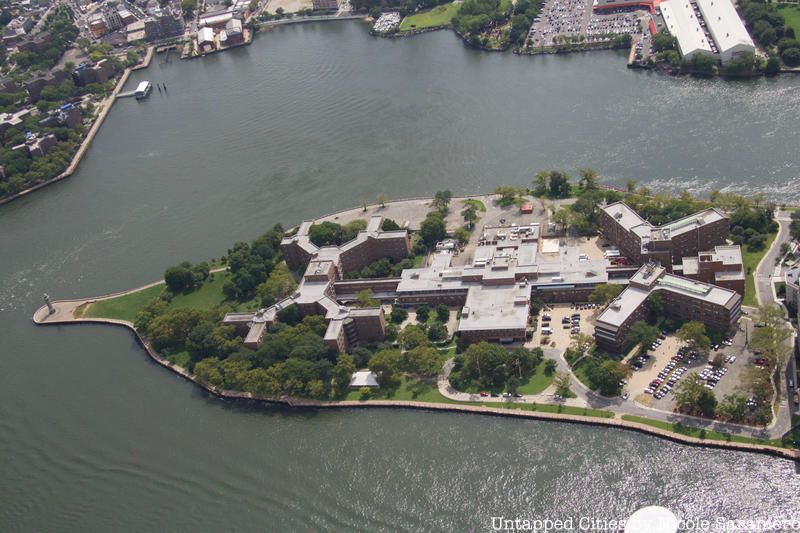
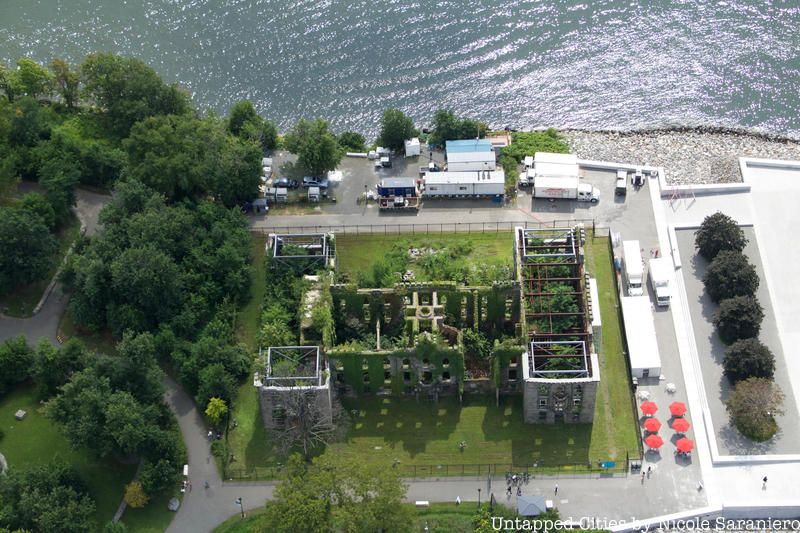
The smallpox castle
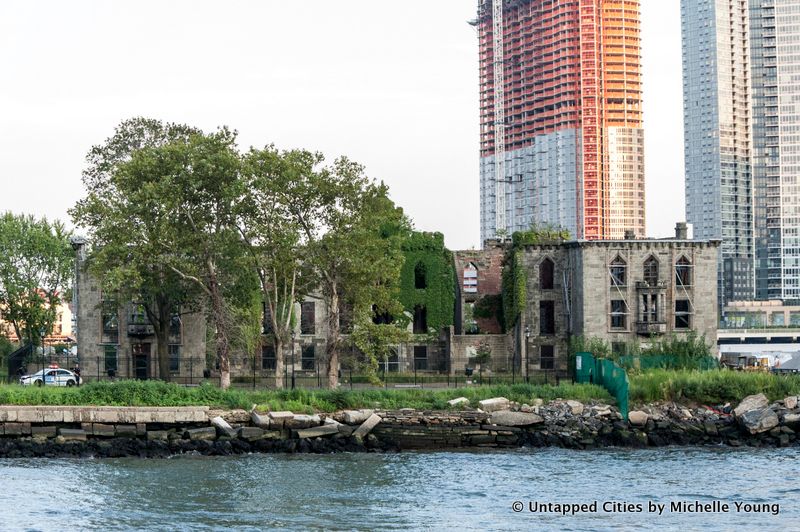
WORKSHOP FACILITATORS
Mary Ann Newman, Director and founder of the Farragut Fund for Catalan Culture in the U.S. Mary Ann Newman is the Director and founder of the Farragut Fund for Catalan Culture in the U.S. The Farragut Fund considers architecture and urban design to be a hallmark of Catalan culture, which has left a legacy in the U.S. It has organized programs in the U.S. on Guastavino, Gaudí, and Barcelona urban planning, in collaboration with AIA-NY, MoMA, and the Museum of the City of New York, and is now planning a series of events on the legacy of J. L. Sert.
Ignacio Alonso (Barcelona, 1977). Architect since 2004, his work began in London at the Richard Rogers office. There he participated in the design of the Silvercup Studios in Queens (New York), Las Arenas renovation, Hotel Hesperia Tower, Almada-Lisbon master plan, Seoul Yoido project and several competitions for China.
Back in Barcelona he was responsible for the 2009 design and construction for the headquarters of Spanish car manufacturer SEAT (Volkswagen Group); and the ‘Plan Repsol’ in Málaga, a master plan that includes the city’s tallest building and largest recreational park. In Madrid he was awarded first prize for Iberdrola’s Corporate Campus (LEED Gold), a 500,000 square feet facility with a 350,000 sq. ft. canopy structure covering the seven buildings that comprise the Campus. Iberdrola is the world leader in renewable energy production.
In 2011 he moved to New York as responsible for the design and construction of the AIRE Ancient Baths in TriBeCa (awarded “Best interior design of 2014” by NAN Construcción y Arquitectura), the second AIRE Ancient Baths location in Manhattan (Upper East Side), the renovation of 187 7th Avenue building in Brooklyn, and the renovation of Gurney’s Seawater Spa in Montauk.
Ed Baum. With degrees from Harvard, where he elected to Phi Beta Kappa and graduated summa cum laude, Edward M. Baum followed parallel professional and academic careers. He began practice with the office of pioneer modern architect José Luis Sert. His own practice over many years has been recognized by numerous national and regional design and competition awards, including two prestigious American Architecture Awards. He is a Fellow of the American Institute of Architects.
Baum’s academic career began with ten years teaching at the Harvard Graduate School of Design, where he coordinated the First Year Core Program. From 1988 until 2013 he was at the School of Architecture at the University of Texas-Arlington, for the first twelve years as dean, helping bring its architecture program to national recognition in design. For the last five years been a visiting professor at the University of Navarra in Spain.
Lance Jay Brown, FAIA, DPACSA is the President of the Consortium for Sustainable Urbanization. Brown is an Architect, Urban Designer, Educator, and Author; He is an ACSA Distinguished Professor and former Chair/Director, the Spitzer School of Architecture, CCNY; Recipient of the coveted AIA/ACSA Topaz Medallion for Excellence in Architectural Education; Director, Design Excellence Program, NEA; Co-Founder of the AIA Design for Risk and Reconstruction Committee; 2014 President of the AIA New York Chapter; UN HABITAT III Policy Unit 8 Member and 2016 Quito Presenter; He consults, teaches, and lectures nationally and internationally. Recent writings include Urban Design for an Urban Century;The Legacy Project: Via Verde Housing; Waterproofing New York.
Laia Celma. Laia is a licensed architect in Spain and the UK and has practiced for over 15 years. She has collaborated as a Project Architect in renowned international architecture firms such as Foreign Office Architects (2005-2008) and Snøhetta (2010-2017). She is the co-founder of The Fautory, a collaborative architecture platform now working on projects in Spain, Chile and Norway. She has mainly conducted research within architecture practice. In particular, at the Museum for Environmental Sciences in Guadalajara, Mexico, a ground-breaking building which integrates an innovative sustainable approach. Laia is currently an assistant professor in the Department of Architecture at Penn State University.
Theodore Liebman, FAIA, is a principal at Perkins Eastman, a global architectural firm, a board member – Consortium for Sustainable Urbanization (CSU) and an Adjunct Professor at NYU. From 1970/75 he was Chief of Architecture at the New York State Urban Development Corporation and 1973/75 Chief of Architecture for Roosevelt Island. Liebman is a leading expert in the design of large-scale urban developments. His work is dedicated to issues of housing, lifestyle, and culture in the urban environment as part of a comprehensive view of long-term sustainability that has challenged the limits of density and celebrated urban communities. He engages in dialogue with governments, investors, developers, and students to examine the impacts of development on people and the environment to improve cities and shape future settlements.
Subscribe to our newsletter